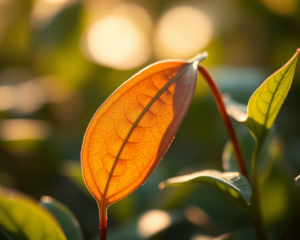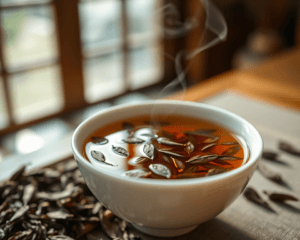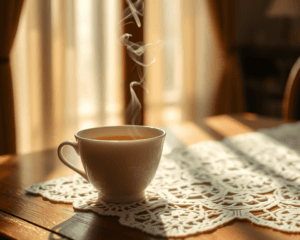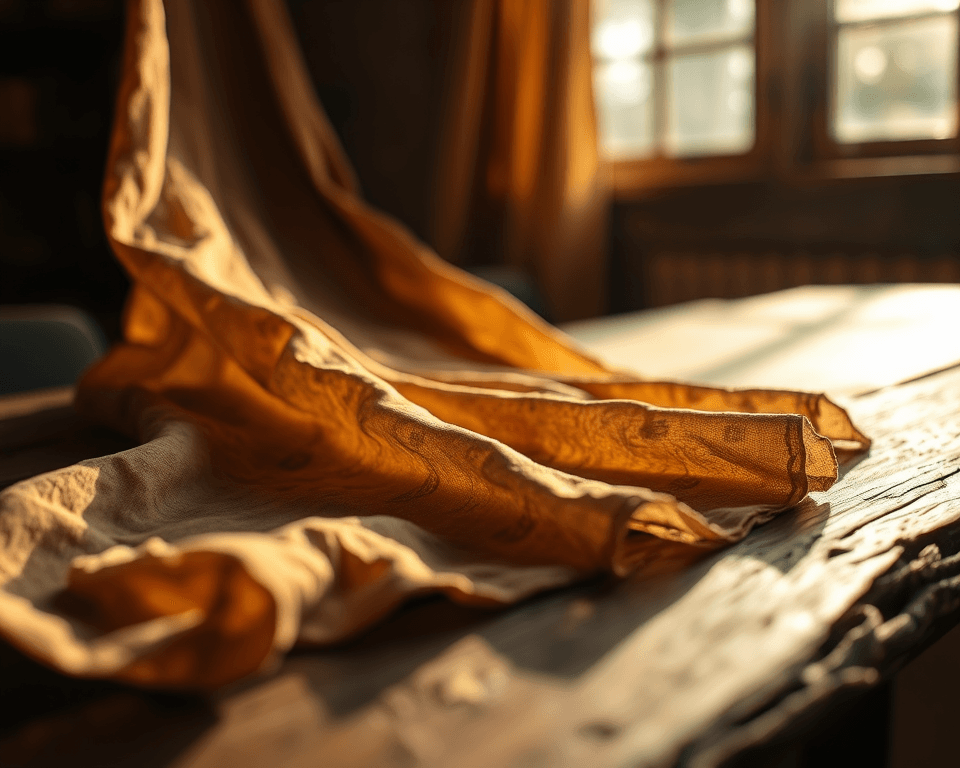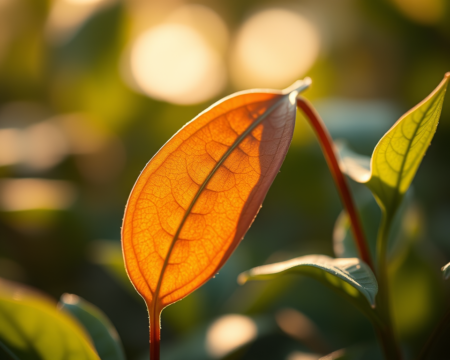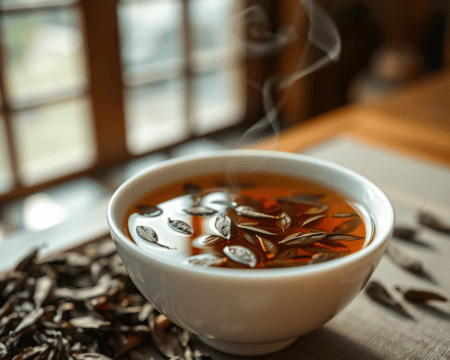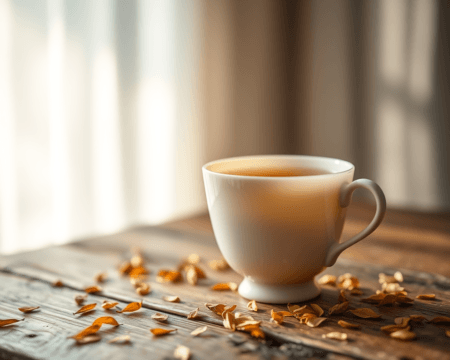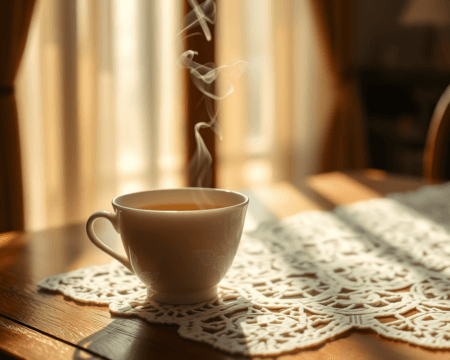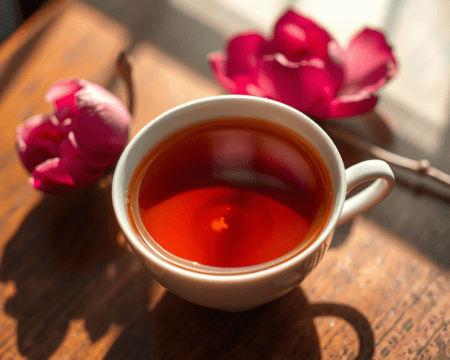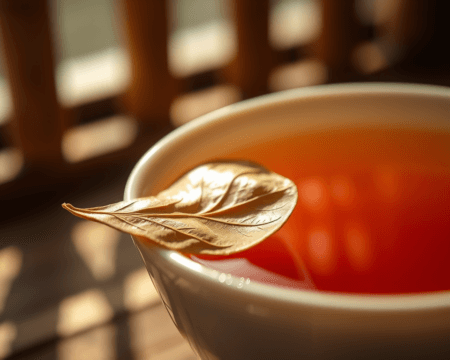Ever look at a plain piece of fabric and think, “This could use a splash of personality?” Well, you’re in for a treat. Dyeing cloth with tea is not just a crafty pastime; it’s an eco-friendly art form that anyone can master. Picture this: you, a cup of steaming tea, and some fabric transforming into a stunning piece of art. Sounds exciting, right?
Key Takeaways
- Tea Dyeing is Simple: You don’t need to be a pro to create gorgeous colors from tea.
- Sustainable Crafting: Using tea as a natural dye is an eco-friendly alternative to synthetic dyes.
- Fabric Matters: The type of fabric you choose can completely change the outcome of your dyeing project.
- Troubleshooting Made Easy: Common issues in tea dyeing have straightforward solutions.
Understanding the Basics of Tea Dyeing
What is Tea Dyeing?
Let’s kick things off with the fundamentals. So, what’s tea dyeing? It’s all about using brewed tea as a natural dye to color fabrics. We’re talking about eco-friendly dyes that are gentle on your wallet and the environment. Tea has been used for centuries to dye everything from clothes to paper, and it’s making a comeback in a big way.
The technique is simple; steep tea bags, soak your fabric, and watch the magic unfold. Why is it popular? Easy—it’s a sustainable crafting option that gives you beautiful, natural colors.
Why Choose Tea for Dyeing?
Why bother with tea? Let’s break it down. First off, tea dyeing is better for the environment than synthetic dyes. It’s all about those natural alternatives that keep our planet happy. Plus, tea is pretty much accessible—walk into your kitchen, and boom, you’ve got a dye source! And let’s be real, it’s also cost-effective. Those fancy fabric dyes can rack up a bill faster than you can say “DIY.”
Also, have you thought about the health benefits of using tea? It’s not just for sipping. When you’re crafting with it, you’re avoiding those nasty chemicals.
Materials Needed for Dyeing with Tea
Essential Supplies
Alright, let’s gear up for some tea dyeing! You’ll need a few essential supplies. Here’s the rundown:
- Tea Types: Black tea, green tea, or even herbal teas can all work wonders.
- Fabric Options: Aim for natural fibers like cotton or silk for the best absorption.
- Dyeing Equipment: A big pot, measuring cups, and a stove are your best buddies here.
- Preparation Materials: Think about measuring tools and old towels to help with the aftercare.
You’ve got your gear; now let’s find the right fabric.
Choosing the Right Fabric
Not all fabrics are created equal! If you want vibrant colors, go for natural fibers. Cotton is your best friend— it absorbs dye like a sponge. Silk is a close second, producing breathtaking shades. Synthetic fibers? They often don’t absorb dyes well, so save those for another project.
Knowing your fabric compatibility can elevate your projects from drab to fab!
Step-by-Step Tea Dyeing Process
Preparing the Fabric for Dyeing
Prepping your fabric is key. Make sure you clean it first to remove any oils or chemicals that could affect dye absorption. This means washing it in hot water. Next up, soak the fabric for about 30 minutes in a solution of water and vinegar. This step helps enhance color and improves absorption, so don’t skip it!
Brewing and Applying the Tea Dye
Brewing the tea is where the fun really begins. Start with about 4-6 tea bags per quart of water. Let it steep until you get a rich color. The brewing technique here matters. A higher concentration will lead to deeper hues, while less concentrated tea will give you softer shades.
Now comes the immersion. Soak your prepped fabric in the dye bath, stirring occasionally. Timing is crucial—leave it in for 30 minutes to an hour, checking every so often. The longer you soak, the richer the color will be!
Setting the Dye
Now, how do you make those beautiful colors stick? You need to “set” the dye. Here’s the trick: after dyeing, rinse the fabric in cold water. Then, create a salt or vinegar solution to help fix the color. This prevents washing out later.
If you want to ensure color permanence, consider a post-dye treatment with either of those solutions. Trust me, your future self will thank you!
Troubleshooting Common Issues
Common Problems in Tea Dyeing
Not every project goes off without a hitch, right? Here are some common problems you might face:
- Inconsistent color: This usually happens if the fabric isn’t prepped properly.
- Fading issues: If you skip the dye-setting step, you’ll notice your colors start to fade fast.
- Uneven dyeing: This could be a product of mismanaging your dye bath temperature or immersion time.
Don’t sweat it! We’ve got solutions.
Solutions and Tips
To tackle uneven dyeing, ensure you’re soaking the fabric fully. Want to enhance the color? Simply brew another batch of tea and re-dye your fabric. If you face fading, always remember: fix the dye with vinegar or salt after rinsing. That’s essential!
And if you’re really struggling, check online forums or community groups—you’ll find a ton of expert tips that can help you nail it.
Exploring Different Tea Types and Their Effects
Popular Teas for Dyeing
Let’s take a look at some of the tea varieties that work great for dyeing:
- Black Tea: Produces rich, dark colors. It’s a classic choice.
- Green Tea: Offers softer shades, often giving fabrics a gentle glow.
- Herbal Teas: Things like chamomile or hibiscus can add unique hues, from yellows to pinks.
Experimenting with tea colors can unlock a palette you never thought possible!
Variations in Results Based on Fabric and Tea Type
Here’s where it gets really exciting! The fabric you choose genuinely influences how your tea dye behaves. Cotton absorbs well, so you’ll get vibrant results quickly. Silk creates stunning effects but might need more care and attention.
Consider running dyeing experiments by testing small fabric scraps before committing to larger pieces. It’s a foolproof way to see what works best for you!
Environmental Benefits of Using Natural Dyes
Sustainability in Crafting
Oh, but it doesn’t stop at the aesthetic appeal. Using tea for dyeing contributes positively to the planet. Think about it: you’re reducing waste by using something that’d otherwise be tossed. It’s all about those eco-friendly practices and embracing a healthier way to craft.
Natural dyes do their part to lower your carbon footprint, and each project is a step toward responsible crafting. Plus, who wouldn’t want a beautiful fabric piece that’s as sustainable as it is stylish?
Sourcing Materials and Teas Sustainably
Last but definitely not least, where you get your supplies matters too. Look for local or ethical suppliers that prioritize organic materials. Try to source your teas sustainably—buy from local brands or even check for community-supported agriculture programs nearby.
Your choices in sourcing can make a massive difference, supporting local businesses and reducing your overall impact. It’s all about creating a positive cycle of crafting that feels good on every level!
Get ready to unleash your creativity. With your newfound skills in tea dyeing, you’ll not just be crafting; you’ll be turning plain fabrics into personalized masterpieces. So grab those tea bags and let’s get to work!
Frequently Asked Questions
How do I prepare my fabric for tea dyeing?
To prepare your fabric for tea dyeing, Wash it thoroughly to remove any finishes or contaminants. Pre-soaking the fabric in a vinegar and water solution can help the dye adhere better. Rinse and allow it to dry before starting the dyeing process.
What types of fabric work best for tea dyeing?
Natural fibers like cotton, linen, and silk absorb tea dye best. Synthetic fabrics may not hold the color as well and can behave unpredictably during the dyeing process. Experimenting with various natural fabrics will yield different and interesting results.
Can I use any type of tea for dyeing?
Yes, you can use various types of tea, such as black, green, or herbal tea. Each type will provide different shades, with black tea generally giving a richer, darker color and herbal teas offering lighter or unique hues.
How can I achieve different shades with tea dyeing?
To achieve different shades, adjust the strength of your tea dye by varying the amount of tea leaves and water. A longer dyeing time or multiple dips in the dye bath can also deepen the color of your fabric.
Is tea dyeing permanent?
Tea dyeing is generally permanent, but the longevity of the color depends on the fabric type and the dyeing methods used. To enhance colorfastness, you can rinse the dyed fabric in a mixture of vinegar and water after dyeing.
What are some common issues with tea dyeing and their solutions?
Common issues include uneven color or fading. To fix unevenness, ensure proper stirring during dyeing. If fading occurs, consider fixing the color with a vinegar rinse or using a fabric safe color fixative.
Can I tea dye pre-made clothing or just fabric?
You can tea dye both pre-made clothing and fabric. Just ensure that the clothing item is made of suitable materials and is clean prior to dyeing. Be cautious with patterns, as the tea may affect the overall design.
How do I store leftover tea dye?
Leftover tea dye can be stored in an airtight container in the refrigerator for up to a week. Just make sure to label it and keep an eye on any changes in scent or appearance before reusing it.
Is tea dyeing safe for the environment?
Yes, tea dyeing is an eco-friendly crafting method. It uses natural ingredients and produces less waste compared to synthetic dyes. Additionally, you can compost used tea leaves for added sustainability in your crafting.
